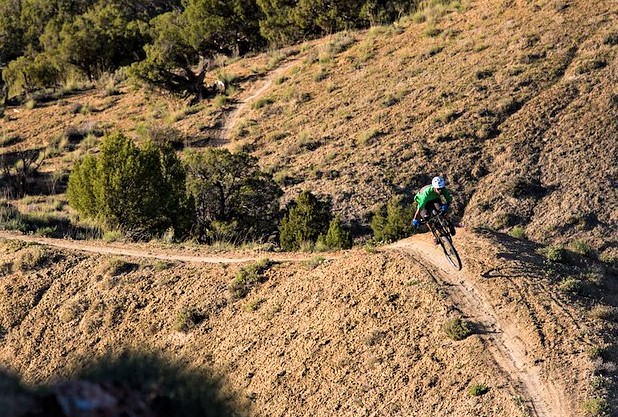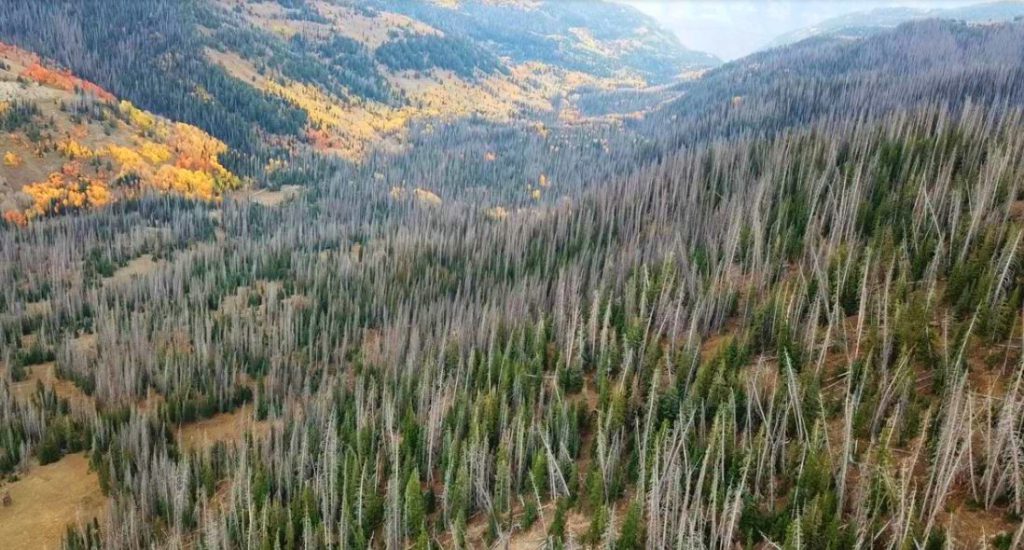A few proposed changes, however, would prohibit mountain biking on some trails in an attempt to reduce disturbances of big game like elk and deer, which has irked some in the mountain bike community.
Jonanthan Romeo
BLM proposes closing some areas to mountain bikes to protect wildlife
Trails could be closed where habitat protection is top priority
A bit of a shakeup could be coming to trails around Durango as land managers try to balance recreation and wildlife.
Currently, the Bureau of Land Management is updating what is known as a Transportation and Access Planning document, which takes stock of all the trails on BLM lands and designates the types of uses allowed there, such as hiking, horseback riding, mountain biking and ATVs.
Mike Schmidt, a wildlife biologist for the BLM’s Tres Rios Office, said trails around Durango, and what’s allowed there, will stay the same, for the most part.
A few proposed changes, however, would prohibit mountain biking on some trails in an attempt to reduce disturbances of big game like elk and deer, which has irked some in the mountain bike community.
“All I can say is we have to trust it’s based on science,” said Trails 2000 Director Mary Monroe Brown. “I haven’t seen that science, but I’m not saying it doesn’t exist.”
Land management agencies are under an increasingly difficult task to balance all the demands on the land, and while the BLM’s proposed plan isn’t meant to be a cure-all for ailing elk and deer populations in Southwest Colorado, Schmidt said it is a step toward balance.
“We’re a huge mountain bike community, and we didn’t want to decrease the number of trails,” he said. “But at the same time, we have to make decisions to balance resources as best we can.”
Perins Peak
The Perins Peak State Wildlife Area is a 4,900-acre swath of land to Durango’s west managed mostly by Colorado Parks and Wildlife, with wildlife and habitat conservation as its main management priority. It’s considered one of the most important winter ranges for elk and deer in the area.
As a result, CPW restricts uses there to mostly foot traffic.
The BLM, however, manages about 1,500 acres of the state wildlife area.
In the 1970s, the BLM also made wildlife and habitat management its top priority for the area, banning any motorized use. In 2015, the agency also decided to prohibit mountain biking after a rise in popularity in the sport over the decades put new pressures on the land.
Because of this period where there was no enforcement, mountain bikers became accustomed to and formed an attachment to popular trails like Perins Gulch, Slime Gulch and Skid Ridge. The trails will remain open to pedestrians and equestrian use.
The latest update to the trails plan further solidifies the ban on mountain bikes, with the agency intending to launch an educational effort to inform recreationalists of the closure.
Free Range Report
Thank you for reading our latest report, but before you go…
Our loyalty is to the truth and to YOU, our readers!
We respect your reading experience, and have refrained from putting up a paywall and obnoxious advertisements, which means that we get by on small donations from people like you. We’re not asking for much, but any amount that you can give goes a long way to securing a better future for the people who make America great.
[paypal_donation_button]
For as little as $1 you can support Free Range Report, and it takes only a moment.



